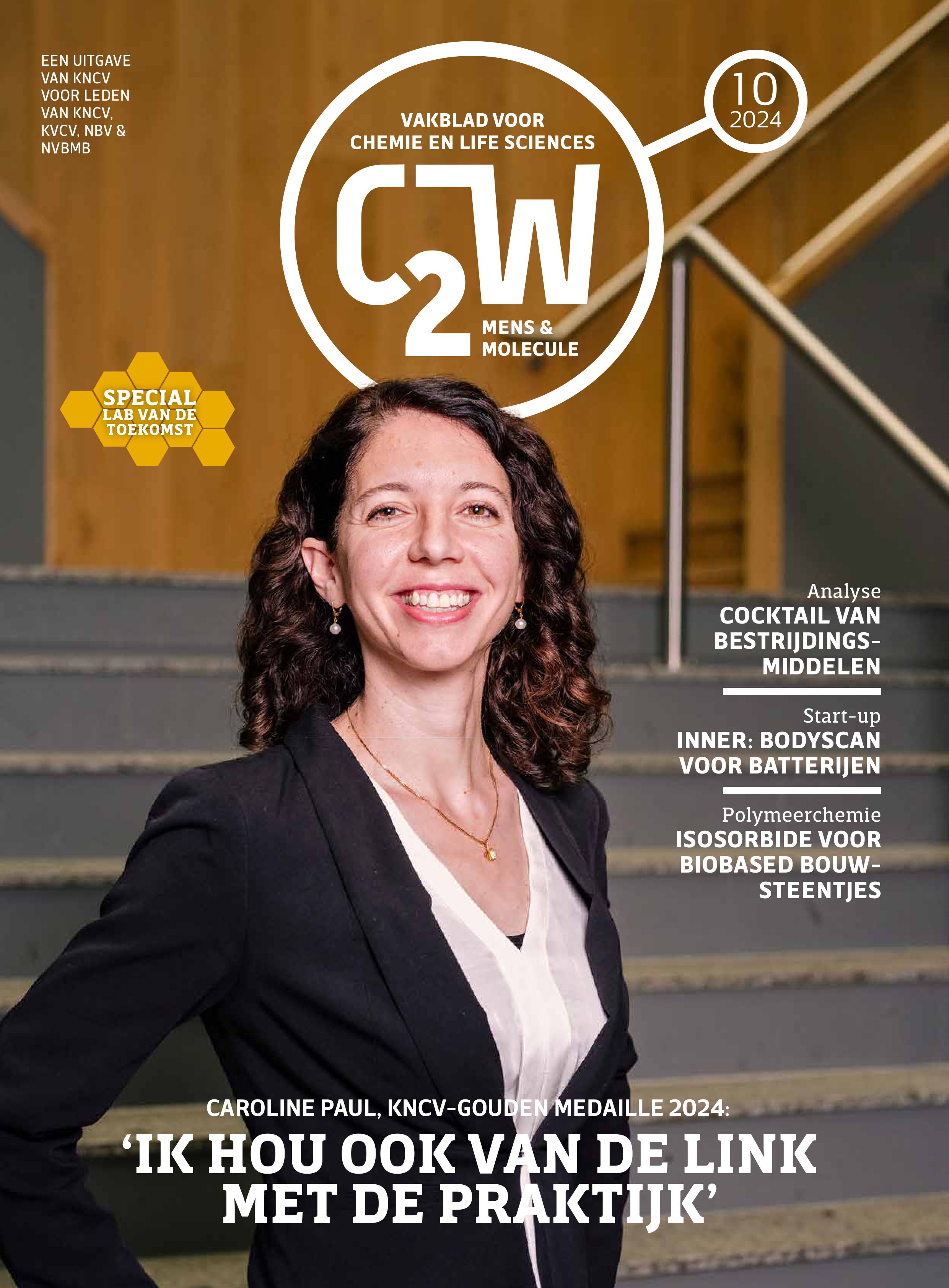Would you like to add an event to this list? Simply register your event using this form.
Micro‐electronics for micro‐biology

Category
Ph D Defense
Date
2023-10-17 10:30
Venue
KU Leuven, Thermotechnisch Instituut, Aula van de Tweede Hoofdwet, 01.02 - Kasteelpark Arenberg 41
3001 Leuven, België
3001 Leuven, België
Promovendus/a: Peishuo Li
Promotor(en): Prof. dr. ir. Marian Verhelst
Bio-electrochemical systems (BES)s are a promising technology for many application fields such as renewable energy generation, wastewater treatment, and bioelectrochemical sensing. As a result of the complex nature of BES, a large number of studies need to be done to shrink the gap between lab experiments and industrial applications. A potentiostat with a 3-electrode setup is typically used to study the bio-electrochemical process and monitor the current-potential characteristics of the BES. Since the duration of the BES experiments can last several days or even weeks, the traditional commercial potentiostat with a limited number of channels cannot meet the research needs. Therefore, a custom-designed multi-channel potentiostat with a massive number of stimulation and sensing channels is of great research interest in order to increase the experiment throughput. This thesis studies the design of multi-channel potentiostats for the application of microbial electrochemical experiments. A detailed review of SotA potentiostats shows that existing potentiostats have a limited number of parallel channels or support massive parallel sensing with limited parallel stimulation capabilities and/or cannot run EIS across a sufficiently large frequency range. The CMOS-based multi-channel potentiostats are expected to solve these issues thanks to the ability of CMOS circuits to implement complex systems in a small area with high performance. In this Ph.D. work, the challenges of designing CMOS multi-channel potentiostats are identified, and possible solutions are proposed:The first design challenge is to reach the targeted specifications within a restricted area, despite the negative impact of area scaling on the analog circuit design. Innovation is done mainly at the architecture level: Considering that a CMOS transistor is a voltage-to-current source, the designed potentiostats adopt a current-stimulation, potential-sensing architecture with digital feedback to avoid the usage of passive components to sense current. This choice helps to achieve a better trade-off of performance (accuracy, variability) vs. area. Moreover, by making use of high-speed transistors in advanced technologies and the high programmability of the digital feedback controller, the same circuit is used for the low-speed measurement of CA, CV, and high-speed EIS without additional circuit blocks, such as I/Q clock generation and mixers. This further improves the area efficiency.
A prototype 64-channel CMOS design is first described. It adopts the current-stimulation, potential-sensing architecture. The current-stimulation block is implemented as a Howland current pump to cover a large current output range from pA to µA. Besides the electronics design, custom-designed electrodes are required to interface the potentiostat circuits with the electrochemical reactor. For the first work, A large effort was put into fabricating microelectrodes on top of the CMOS chip to allow direct interfacing with the BES. The reliability and stability of this post-processing step are however not sufficient to demonstrate the multi-channel potentiostat operations, which is another challenge for CMOS multi-channel potentiostats.
To solve this issue, it was decided to use off-chip electrodes and extend the channel numbers by making a 96-channel chip and integrating multiple chips at the PCB level. The design of the 96-channel CMOS potentiostat is also largely improved compared to the 64-channel prototype. With the choice of current-stimulation, potential-sensing architecture, and area-efficient block designs in a 40-nm CMOS technology, it integrates both the analog interfacing circuit and the digital controller for 96 channels in a small area of 3.06×2.76 mm2 . At the circuit level, this design uses different current sources to control the same IDAC unit to achieve a large output range. It also applies different supplies for the ADC and the driver stages for better optimization of accuracy, speed, and input range. The design is capable to run up to 1 MHz EIS with 12 pA − 137 µA current range. In combination with off-chip electrodes, the system shows the expected performance of multi-channel potentiostats for the CA, CV, and EIS measurements on the ferro-ferri chemical redox probe.
The function of the designed potentiostat is demonstrated in an actual microbial electrochemical lab experiment to study the influence of periodical polarization patterns on microbial growth. Thanks to the large number of parallel channels, 16 different stimulation patterns can be tested and compared in parallel. The experiment results clearly show different growth behavior with respect to different stimulation patterns and prove the advantage of periodical polarization over traditional constant polarization. This lab experiment shows the potential of the 96-channel potentiostats to speed up the BES studies with its high throughput and bandwidth.
All Dates
- 2023-10-17 10:30
Powered by iCagenda

